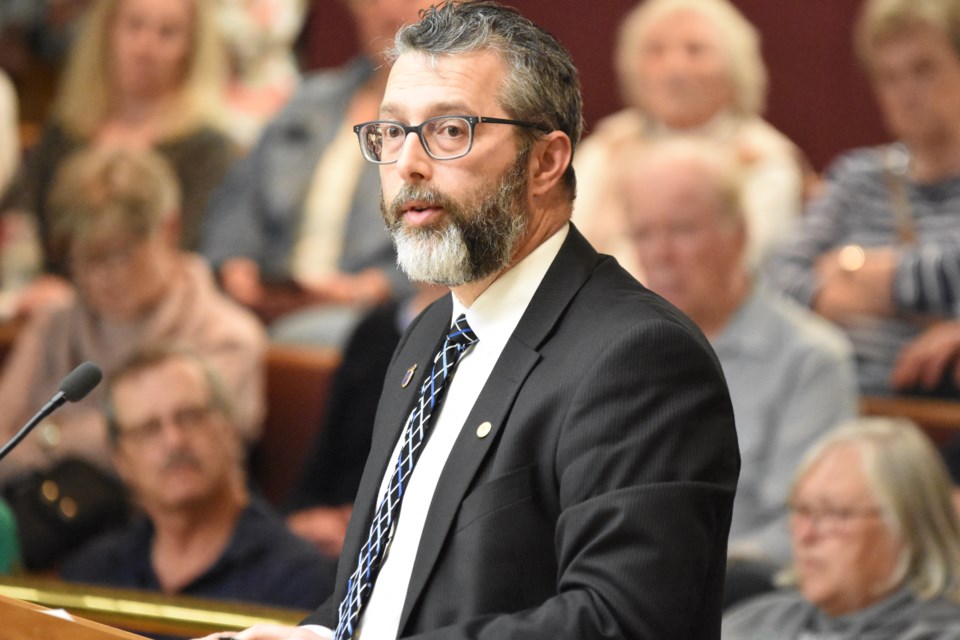The Buffalo Pound Water Treatment Plant (BPWTP) treated a record volume of water last year and exceeded the record set in 2017, according to the plant’s general manager.
The plant produced 37,693.76 megalitres last year for Moose Jaw, Regina and SaskWater, explained Ryan Johnson. Broken down, Regina consumed 31,954.62 megalitres, Moose Jaw consumed 5,522.26 megalitres, and SaskWater consumed 216.88 megalitres.
One megalitre is equivalent to one million litres. An Olympic-sized swimming pool holds 2.5 million litres.
Regina consumed 2.7-per-cent more water last year than in 2017, while Moose Jaw consumed 2.7-per-cent less water in 2018 than the prior year, Johnson told city council during its May 27 regular meeting. The reason is demand was greater in Regina, while drought conditions also contributed to consumption levels.
Due to the record amount of water produced and sold, revenues from this area for 2018 were $13.6 million, while expenses were $11.5 million, resulting in a surplus of $2.1 million.
The overall company surplus for the year was more than $20 million.Buffalo Pound Lake is 2,900 hectares (116 acres) in size and can hold 90 million cubic metres of water.
There were few problems during 2018 that affected the plant’s operations, aside from power outages in December caused by the buildup of rime frost on power lines, said Johnson. Meanwhile, water quality at Buffalo Pound Lake continued to improve, but the plant had to draw more water from Diefenbaker Lake because of how dry conditions were.
The Water Security Agency (WSA) mandates how high water levels have to be in the lake, Johnson told Coun. Chris Warren. As the lake draws down, water releases into the channel and then onto Buffalo Pound.
The WSA identified issues at the plant from its inspections, Johnson said. One problem was the plant did not have an updated quality assurance control policy. A second issue was access hatches did not meet standards. Another issue was the process waste lagoons no longer met the permit to operate since solid waste was too high and was overloading the system.
“This is all to do with undersized lagoons in the ’80s,” he added.
Coun. Brian Swanson was concerned about the projected cost increases in water supply from the water treatment plant. The plant’s annual report indicates it charged $124 per megalitre in 2017, but that increased to $188 per megalitre last year. It is anticipated to increase to $375 per megalitre by 2024, which would fund the corporation at a sustainable level.
“There is a breaking point for those things. I believe we have to reallocate existing spending, as opposed to just adding on to people’s water bills and hope that things work out for us,” he said.
Swanson added that it is about priorities and where to spend money. Since the municipality doesn’t have unlimited money, it has to prioritize funding water distribution in the community. He also thought it was important to increase the number of users accessing water to lessen the costs.
The water treatment plant is located 30 kilometres northeast of Moose Jaw on Highway 301.




